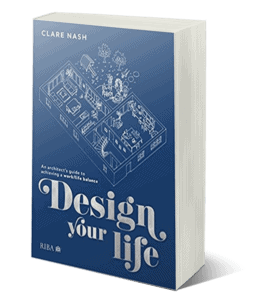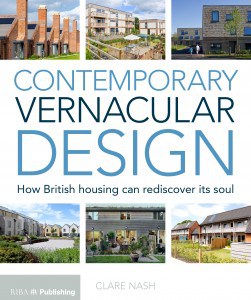Eco upgrades to your home. How to improve your home both in terms of well-being and energy efficiency (without paying through the nose!)
We can ensure that any eco upgrades to your home will be in proportion to other works you would like. Essentially, making you eco by default!
Below we have listed various eco upgrades you could make to your home as part of other building works you are thinking about.
Home need a facelift?
- External wall insulation will improve appearance and energy efficiency!
Have a heritage home?
- Consider Internal Wall Insulation to make you feel more cosy and protect the external appearance of your home
- We like to use Diathonite breathable lime and cork plaster, because it retains that ‘wobbly’ feel in heritage homes and is very simple to apply.
Loft Insulation
- Consider installing or increasing loft insulation (after all, heat rises!)
Better Air Quality for Well Being
- Consider installing DCV (Direct Control Ventilation) and MEV (Mechanical Extract Ventilation) for better air quality
Smart Home Technology
- Consider using Smart Home technology to make your heating and ventilation very responsive. This offers big energy and air quality gains in retrofit and new-build alike.
- Infrared panels can be used for instant heat that is very responsive. They even come as mirrors – handy for bathrooms!
Overheating
- Consider installing high level vents (eg rooflights) or utilising your chimney to let hot air escape in summer
What about Air Source Heat Pump?
- Consider connecting to a renewable heat source such as an Air Source Heat Pump. You could receive ‘the renewable heat incentive’ to help with costs. You could also save money by clubbing together with your neighbours for this. But be careful as an ASHP won’t be efficient unless you have reasonable amounts of insulation in your home already
Retrofit cavity wall insulation
- This can also be combined with External Wall Insulation. However if your home has any existing damp issues, these will need to be fully resolved before insulating.
Replacing windows?
- If your windows need replacing, consider new much more efficient windows such as triple glazed. The material is important too -(timber windows will last 100+ years, whereas uPVC generally only lasts 15-25 years. Timber windows only need painting every 15 years, so they are not the maintenance burden they once were. They can be repaired easily and are much better for the environment due to their long life and recyclability.
Not all insulations are equal
- Not all insulations are breathable. Breathable insulation is important to use in old buildings and around timbers. Buildings are getting more and more airtight and it is important that any moisture trapped can escape by wicking away through breathable materials.
- Not all insulations are renewable. Hemp, cork, wood fibre, sheeps wool are all examples of renewable insulations. There are also recycled insulations such as recycled denim, recycled newspaper (cellulose) or recycled jute coffee bags. These are all very easy to obtain.
Plant trees
- In addition plant more trees – good for biodiversity and they provide a lot of cooling to existing buildings (more than you would expect!). Plus they are good for sitting under in hot weather and could provide you with some fruit, saving energy on delivering you fruit from abroad via the supermarket
Photovoltaic panels
- These make a lot of sense if you have a south facing roof and are not in a conservation area.




